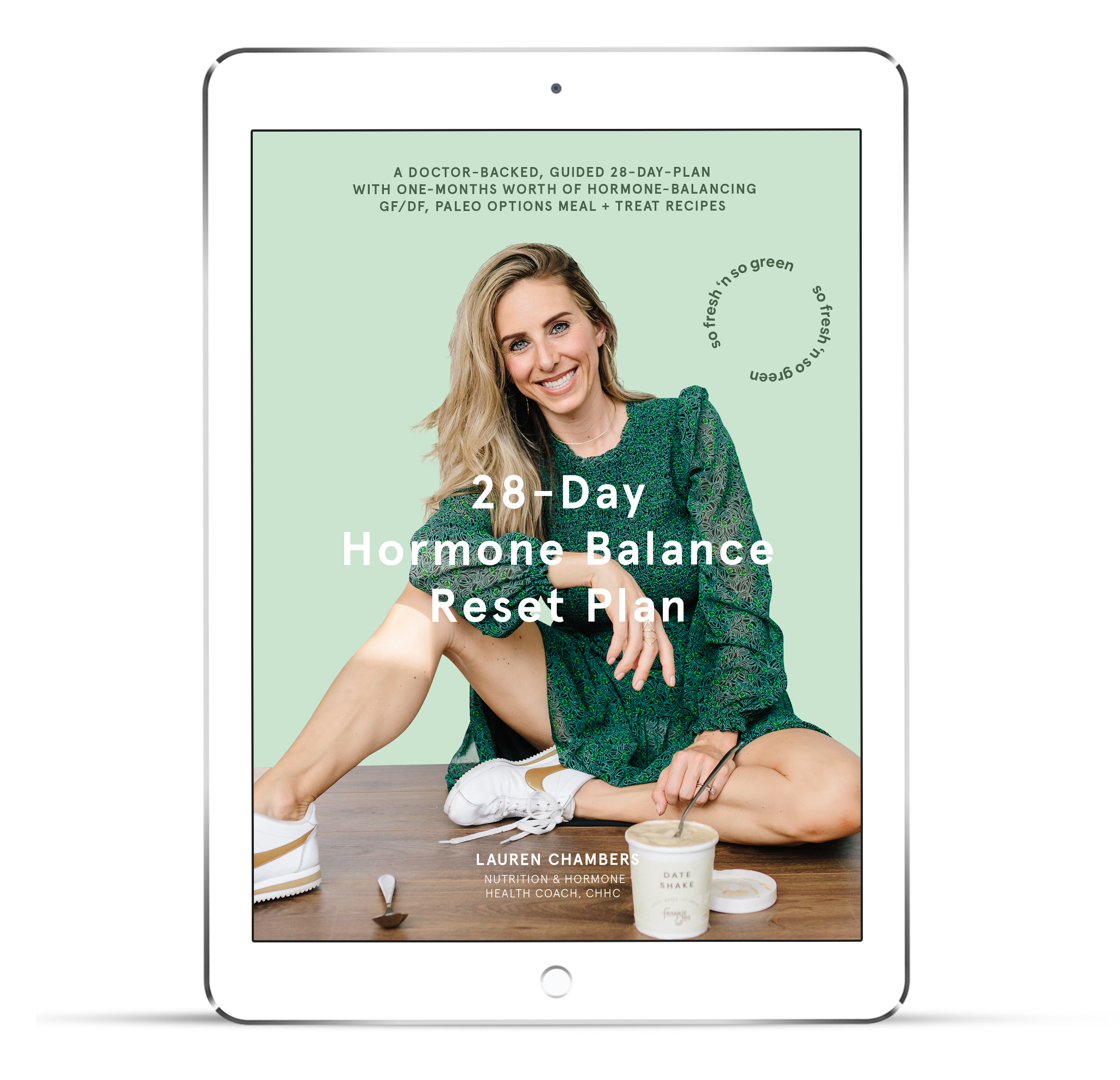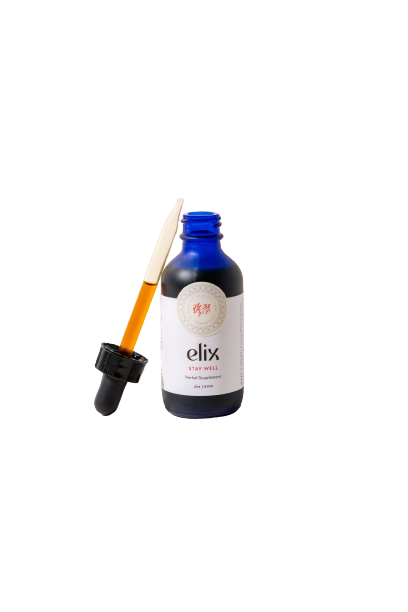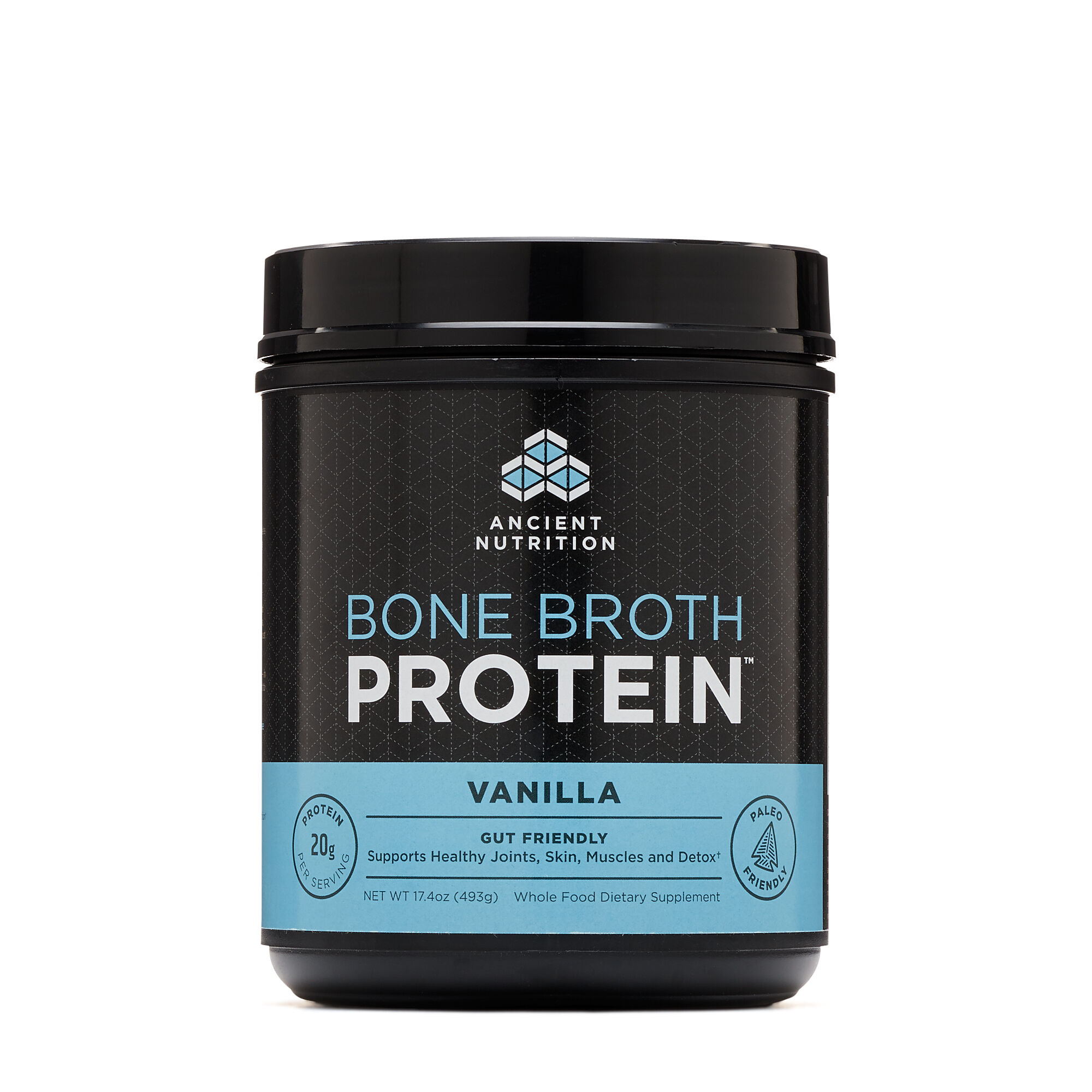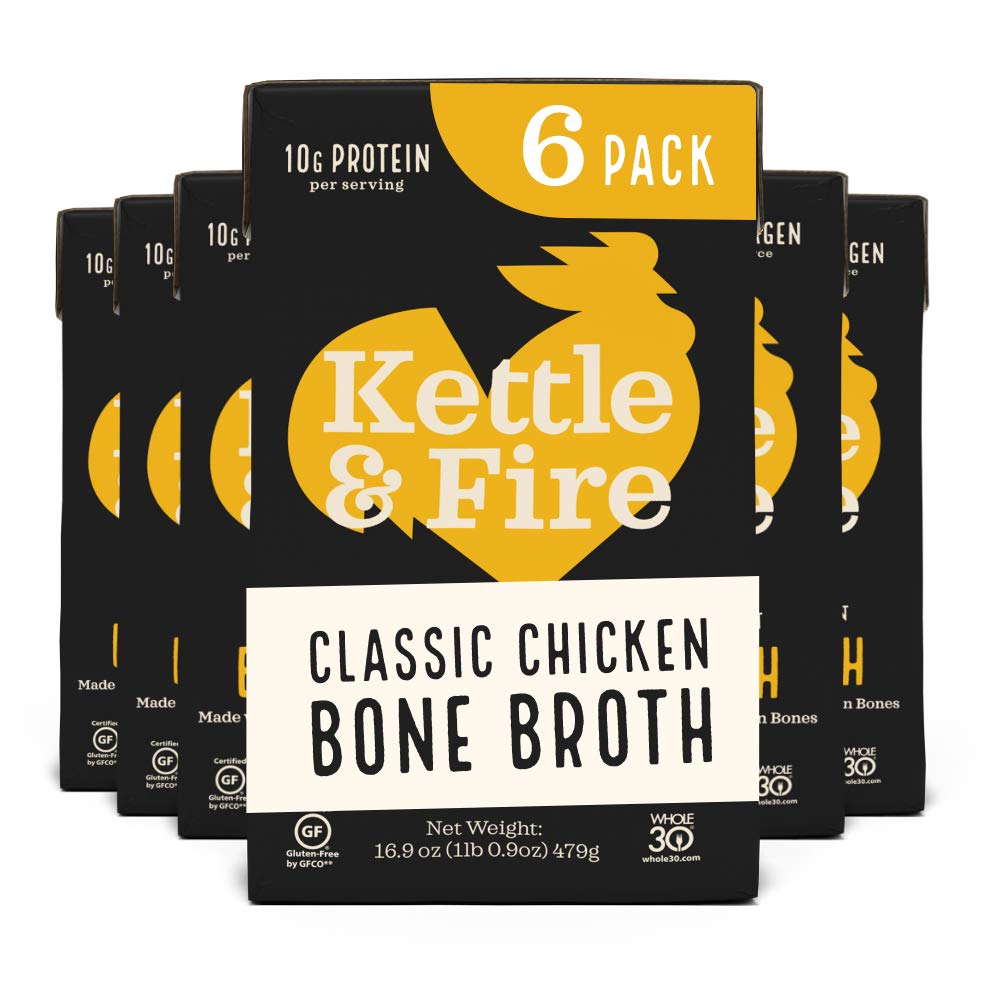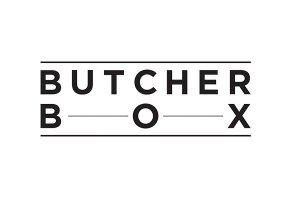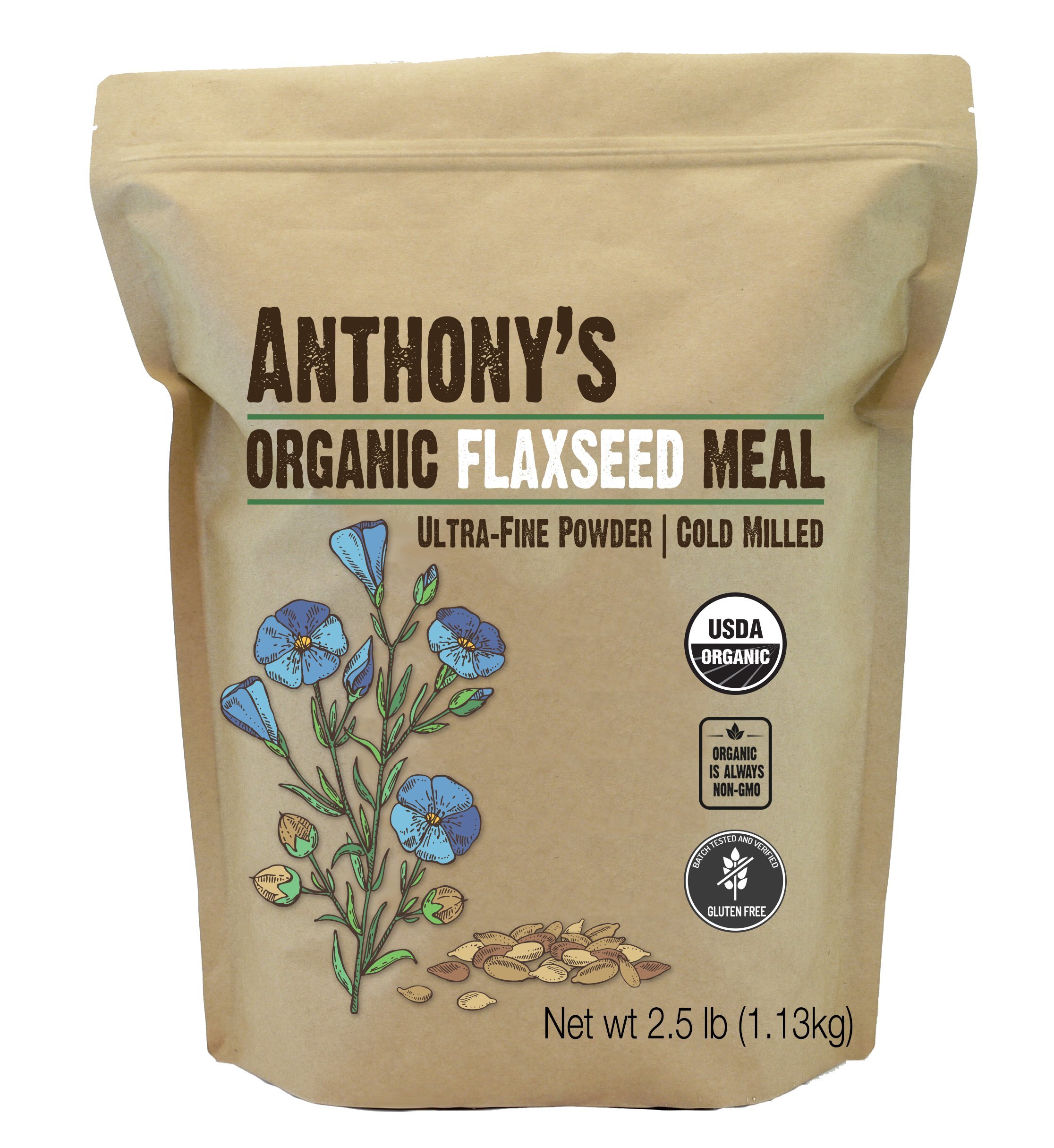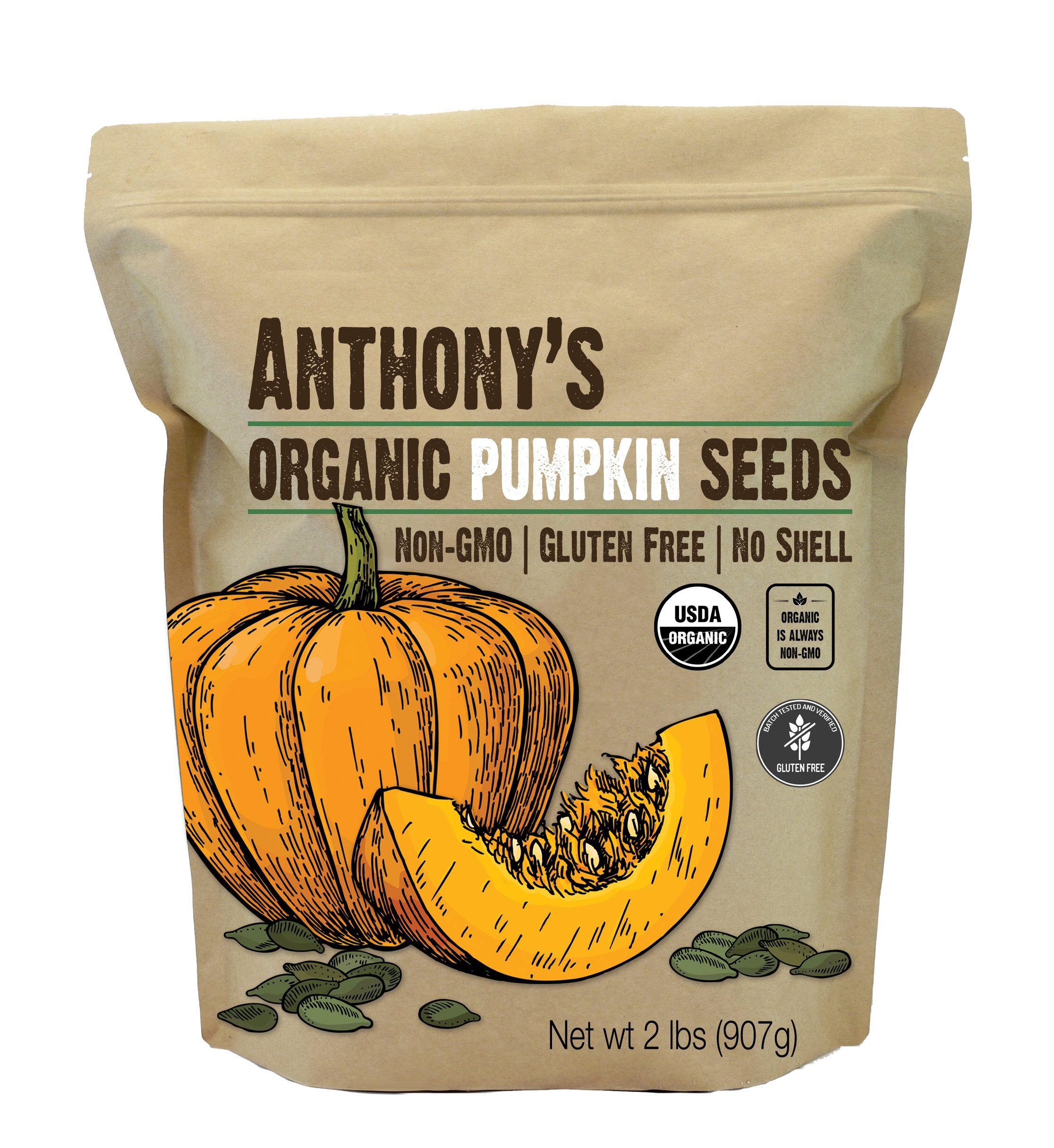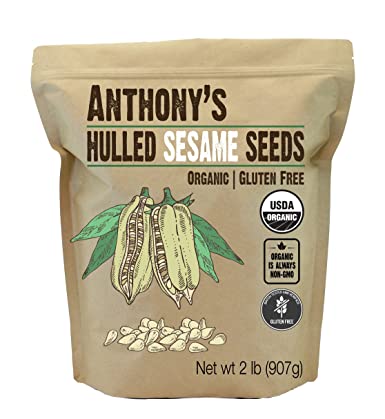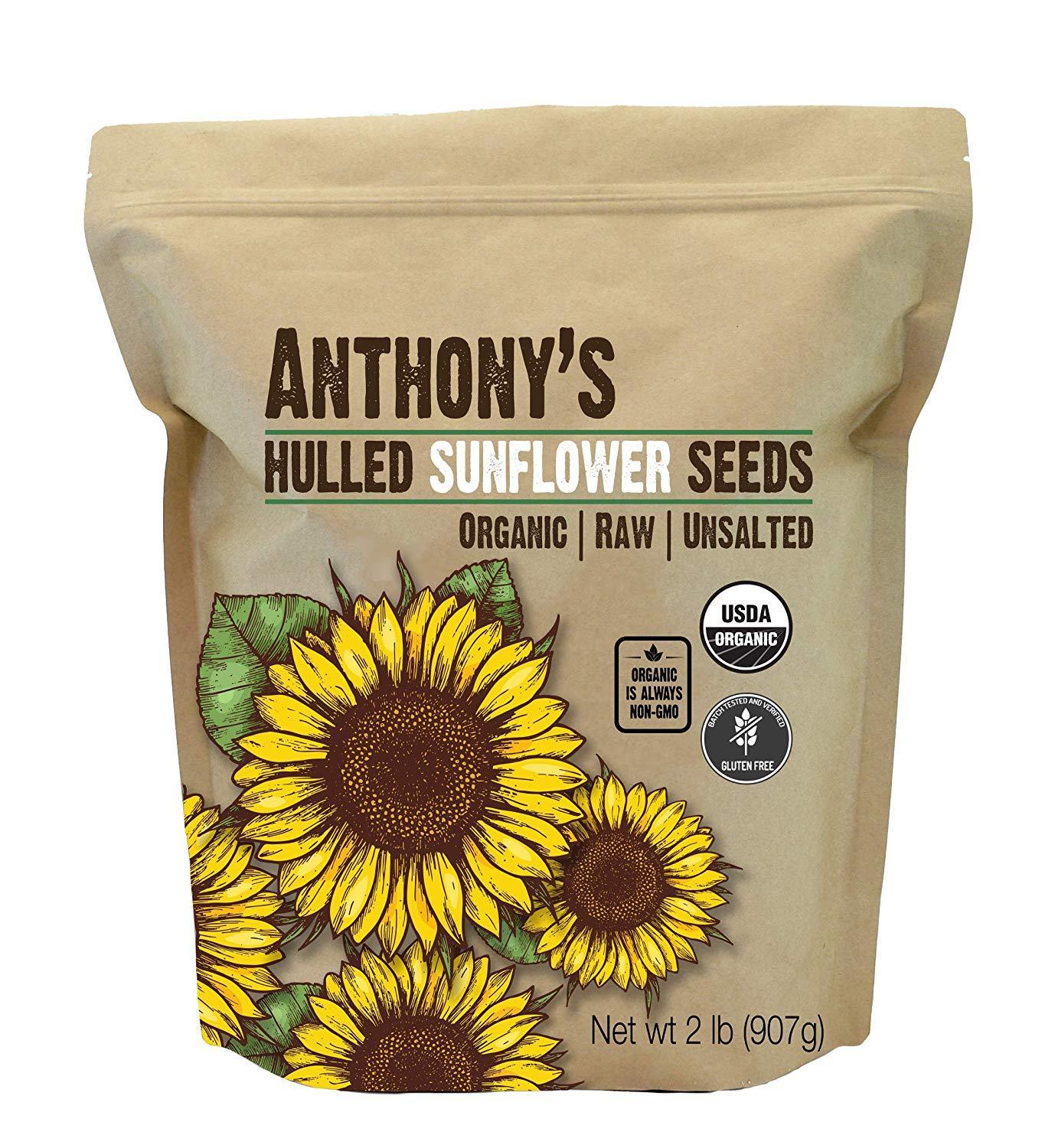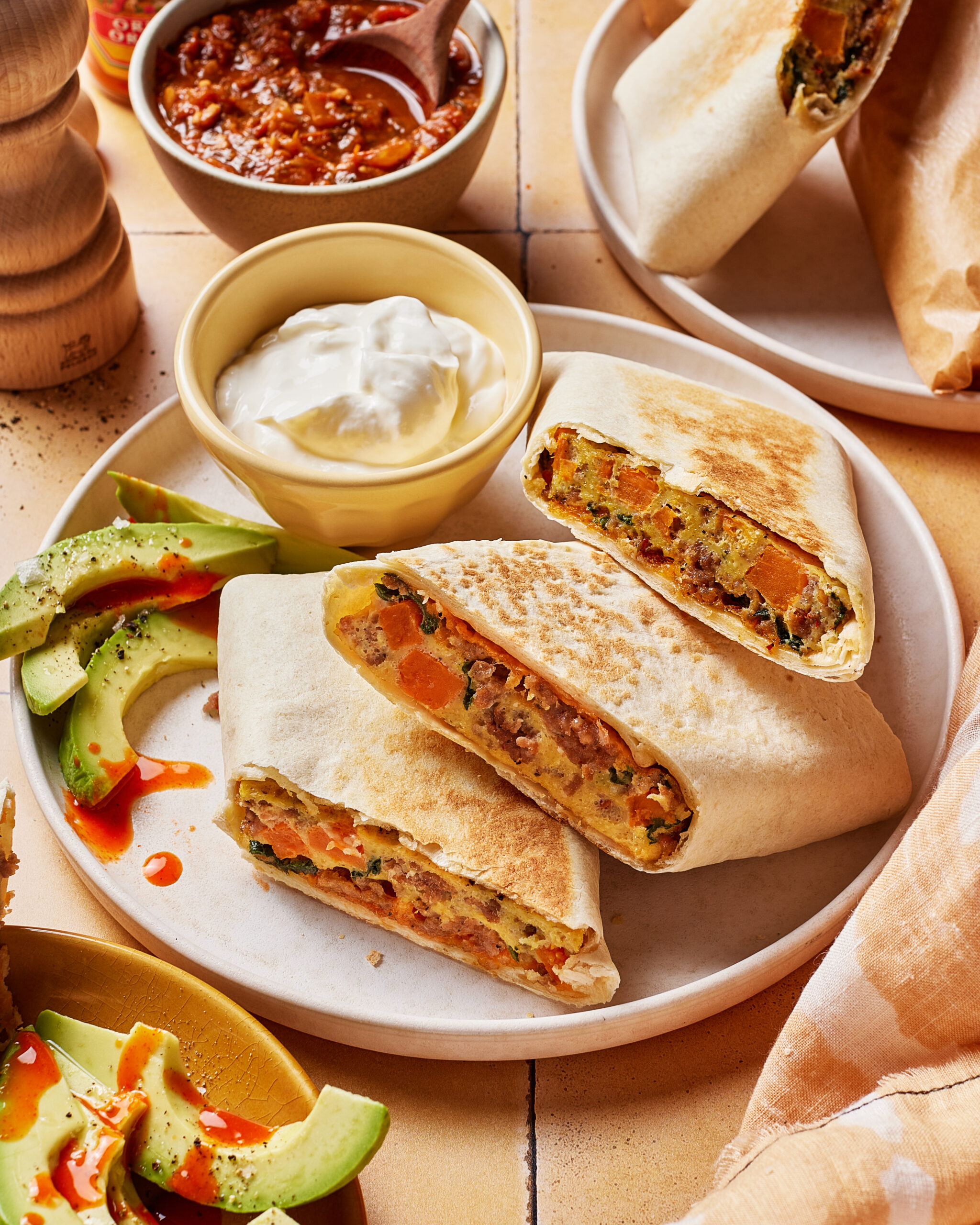recipes
lifestyle
wellness
motherhood
mindset
About
E-Books
Blog
Freebies
partnerships
hi, i'm lauren!
hey there!
I’m on a hot mission to help you balance your hormones & live your best life.
categories
Home
Quiz
Get In Touch
The Course
search:
Cookbook
Recipe key
GF
VG
P
Vegan
Gluten Free
Paleo
DF
Dairy-Free
download now
Join Hormone Healthy Eats!
Become a SFNSG insider to get my monthly Substack, Hormone Healthy Eats! Packed with the latest hormone-healthy recipes
+ tips.
jump to recipe >
Do you tend to view your period as a pain, an inconvenience or something to dread each month? While this mentality is common (and one I participated in myself for most of my life) it tends to put us into victim mode — as in it’s something that happens to us that we have almost no control over.
But truthfully, we have more control then we’re lead to believe, and by understanding what’s happening during each phase of our cycle with our hormones, we become empowered to practice habits that alleviate symptoms and truly benefit us (in almost every other aspect of our lives).
Not only is this knowledge important for beating PMS, but it’s crucial for overall health and hormone balance in women, ESPECIALLY when it comes to boosting fertility and preparing your body for a healthy pregnancy.
No matter where you’re at in life, I believe it’s information EVERY single woman should have access to, so that you have a CHOICE in how you want to feel every month, instead of suffering the symptoms without a sustainable solution.
Need a more detailed plan with recipes, foods, supplements + lifestyle tips for each phase of your menstrual cycle in order to balance hormones + feel your best? Check out my 28-Day Hormone Balance Reset Plan.
Need a more detailed plan with recipes, foods, supplements + lifestyle tips for each phase of your menstrual cycle in order to balance hormones + feel your best? Check out my 28-Day Hormone Balance Reset Plan.
WHY EATING FOR YOUR MENSTRUAL CYCLE MATTERS
NUTRITION IS #1 when it comes to your hormones.
Your brain is in constant communication with the rest of your body every day via your hormones. The energy and nutrients you obtain from your diet are the raw materials your body needs to produce hormones and properly fuel your body.
If your diet doesn’t supply enough energy or “materials” to make all the hormones you need, it’ll prioritize production of stress hormones first because they’re essential for survival. This leads to unhealthy fluctuations in your hormone levels, which can trigger a variety of symptoms. Luckily, a well-rounded, clean diet that’s high in nutrients is literally your best tool for creating balanced health AND a balanced cycle.
If you’ve ever noticed that you’re hungrier during certain weeks of the month or you tend to have major cravings (like carbs and sugar) during those times, then you’ve experienced your body’s shifting nutrition needs. Your entire system (hormones, brain, body) will run its best when you eat key nutrients to support your unique needs during each phase of your cycle. So let’s dive in, shall we?
FOODS TO EAT FOR EACH PHASE OF YOUR MENSTRUAL CYCLE
FOLLICULAR PHASE
What Happens To Hormones During Your Follicular Phase
The follicular phase starts the first day after your period ends and typically lasts 7 -10 days. Think of it as the “spring” phase of your cycle where your ovaries are preparing and ripening an egg. The pituitary gland releases a hormone called follicle stimulating hormone, or FSH.
FSH stimulates the follicles – which contain a woman’s eggs – in one of the ovaries to mature. In response, the pituitary gland then starts to release luteinizing hormone, or LH, which is responsible for ovulation. Under normal circumstances, only one of these follicles will “ripen” and become mature.
At the beginning of the follicular phase, estrogen and testosterone levels are typically low. They slowly ramp up during this phase. As this happens, you’ll begin to experience a boost in energy, mood, and brain skills. You’ll start to feel more confident, powerful, and willing to take more risks. Testosterone starts to stimulate your libido, while also making you feel a bit bolder (holla!).
As ovulation approaches, the uterine lining thickens in preparation for pregnancy. The cervix remains low and closed, but gradually opens and starts producing wetter quality cervical fluid.
Optimal Foods To Incorporate During Your Follicular Phase
This is an important time to eat foods that will help balance estrogen production as it ramps up. Foods like pumpkin and flax seeds help to build estrogen, as well as pomegranates and sprouted beans.
Healthy fats like avocado, coconut oil, nuts, seeds and grass-fed ghee or butter are also crucial as they help regulate leptin levels within your body (i.e. your satiation hormone) which is needed to sustain your menstrual cycle so your body has enough energy to develop and release the follicle.
Oxidative stress in your body also tends to be high before ovulation, so eating a colorful, well-rounded diet rich in vitamin c-loaded foods like citrus, grapes, bell pepper and berries as well as sulphur-rich vegetables (broccoli, cauliflower, bok choy, cabbage) help to fight off free-radicals and support detoxification.
Lastly, lentils and gluten-free grains such as oats, quinoa and millet, salmon, eggs, nuts, seeds and oysters are all rich in vitamins and minerals your body needs to gear up for proper maturation of the egg and rebuilding your uterine lining.
Recipe + Meal Ideas To Eat During Your Follicular Phase
+ Hormone-Balancing Roasted Chipotle Cauliflower Tacos
+ Fertility-Boosting Cherry Chia Pudding Parfait
+ Winter Pesto Pizza w/ Butternut Squash, Arugula + Pomegranate
+ Better Than Botox Green Smoothie
+ Superfood Guacamole + Jicama Dipping Fries
+ Dark Chocolate Avocado Fudge Fertility Smoothie
+ All recipes from Phase #1 of my Hormone Balance Reset Plan Ebook
OVULATION
What Happens To Hormones During Ovulation
Ovulation typically occurs between days 12-17 of your cycle. It’s referred to as the “summer” phase of your cycle, when your egg is released from the ovary. This phase is short, usually only lasting about two to three days. Right before ovulation, there’s a surge of luteinizing hormone, LH, which causes the dominant follicle to burst open and release its egg into the fallopian tube. The egg will be viable for roughly 12-24 hours, and if it’s not fertilized, it will disintegrate.
The cervix moves up higher so the egg can get the best sperm, meaning the sperm have to swim farther to get to the egg. Only the fittest sperm will survive this seemingly long journey up the cervix, through the uterus, and up one of the fallopian tubes. Additionally, the cervix will become soft and open. The cervical fluid is considered to be fertile during this phase.
Levels of estrogen and testosterone are at their peak during the ovulatory phase. Women often report looking and feeling more attractive during this time, and their sex drive tends to be highest. After all, the body is programmed to maximize genetic potential, so naturally it will get you in the mood to get it on during your window for fertility.
Optimal Foods To Incorporate During Ovulation
Because your estrogen is at its peak, it’s helpful to eat foods that will support liver detoxification of potentially harmful excess estrogen. Cruciferous veggies like brussels sprouts, kale, cabbage, turnips, cauliflower, bok choy and broccoli are all awesome choices for this time of the cycle.
Light but nourishing (i.e. vitamin and mineral-rich) options such as quinoa and brown rice, leafy greens, nutrient-rich veggies and cold-water fish are also great go-to’s during this time, as our appetite tends to be suppressed (due to our hormones shifting from “feeding and foraging” mode to sexual desire mode, oooh la LA).
Recipe + Meal Ideas To Eat During Ovulation
+ Healthy Maple Molasses Glazed Brussels Sprouts
+ Grilled Miso Salmon + Avocado Salad
+ Green Baby Makin’ Machine Smoothie
+ Copycat Deru Market Farm Salad
+ Gut-Friendly Chocolate Chip Cookie Dough Blizzard
+ Seed Cycling Strawberries N’ Cream Parfait
+ Dark Chocolate Fudge Truffles
+ All recipes from Phase #2 of my Hormone Balance Reset Plan Ebook
LUTEAL PHASE
What Happens To Hormones During Your Luteal Phase
This phase lasts about 10-14 days (roughly days 14-28 of your cycle) and is referred to as the “fall season” of your cycle. It’s important the luteal phase fall within this timeframe (days 14-28) for it to be considered an optimal fertile cycle, because a fertilized egg usually takes at least 10 days to travel from the fallopian tube and implant into the uterine lining.
After ovulation, FSH and LH levels sharply decline and remain low for the rest of the cycle. Estrogen and testosterone decline as well, but estrogen will make another appearance later on in the luteal phase.
On the other hand, progesterone rises and stimulates the growth of the lining of the uterus in preparation for pregnancy. It’s also responsible for transforming cervical fluid from stretchy and wet, to sticky and dry in this phase (aka it’s much less fertile and not conducive to sperm).
Emotionally, during the first half of the luteal phase, you are often still riding high off of the effects of the ovulatory, or “summer phase.” However, as progesterone production increases, you’ll find yourself starting to wind down and wanting to avoid the social scene you were seeking the first half of the cycle.
During the second week of the luteal phase, estrogen will rise again slightly to further prepare the uterine lining for pregnancy. If there’s no pregnancy, estrogen and progesterone will drop and cause the uterine lining to shed during the bleeding, or menstruation, phase.
Optimal Foods To Incorporate During Your Luteal Phase
It’s important to eat foods that support progesterone production, so that it can rise enough to stimulate a healthy growth of your uterine lining. Foods high in zinc and magnesium (nuts, seeds, oysters, beans, etc.) vitamin C (citrus, leafy greens, bell pepper) as well as foods high in vitamin B6 (salmon, bananas, walnuts) are all helpful for boosting progesterone levels.
You’ll also want to keep blood sugar as stable as possible in the luteal phase, as progesterone can cause blood sugar to dip lower than what’s normal in the follicular phase. This dip could partially explain why so many women struggle with emotional PMS symptoms, like moodiness and anxiety. Remember to eat consistent, nutrient dense meals balanced with protein, fat and fiber for optimal blood sugar balance.
Water retention increases during this time, which can cause bloating and puffiness, so make sure you’re drinking enough water (minimum half of your body weight in ounces) and consuming hydrating fruits and vegetables.
During this phase our feel-good hormones like serotonin and dopamine tend to decrease, which can not only lead to feelings of stress or sadness, but major cravings for sweets and carbohydrates that give us a temporary dopamine fix but leave us feeling worse in the long run. Make sure to reach for treats or carbohydrate-rich options that have plenty of nutrients, protein, fat and fiber to help you get your sweet fix without the subsequent sugar crash.
Recipe + Meal Ideas To Eat During Your Luteal Phase
+ 5-Minute CBD Cinnamon Roll Mug Cake
+ Healthy Loaded Sweet Potato Nachos
+ Maple Roasted + Stuffed Delicata Squash Boats
+ Bean-Free Smoky Sweet Potato + Turkey Chili
+ Gut-Friendly Instant Pot BBQ Chicken Stuffed Sweet Potatoes
+ No-Bake Banana Bread Balls + Cardamom Cream
+ CBD Dark Chocolate Rocky Road Fudge
+ Gut-Friendly Sweet Potato Pesto Bowl
+ All recipes from Phase #3 of my Hormone Balance Reset Plan Ebook
MENSTRUATION
What Happens To Your Hormones During Menstruation
This phase typically lasts 3-7 days and begins when menstruation or bleeding occurs as the lining of the uterus sheds. Think of this as the winter season of the cycle – when the body is clearing out what’s no longer needed and preparing for new growth.
The bleeding phase begins when progesterone levels drop, causing the lining of the uterus to break down and shed. During this week, your energy is the lowest it will be during your cycle. You may feel tired, withdrawn, and introspective.
Optimal Foods To Incorporate During Menstruation
I highly encourage opting for plenty of healthy comfort foods like soups, bone broth, stews and vitamin-rich smoothies to help replenish lost iron and mineral stores (from blood loss).
Iron-rich foods include liver and other grass-fed animal protein, beans and leafy green vegetables. You’ll also want to consume plenty of foods rich in B vitamins, which work to support energy levels during this time. Think nuts and seeds, eggs, leafy greens, mushrooms and dark chocolate.
Additionally you’ll want to ensure you’re getting enough vitamin-c rich foods (citrus, leafy greens, bell peppers, colorful fruits and veggies), which promote iron nutrient absorption. Foods rich in zinc will work to remineralize your blood, so add in organic peanut butter and seaweed when possible.
Lastly, seek out omega fatty acid rich foods like avocados, wild-caught fish, cod liver oil, hemp, sesame and sunflower seeds, which all work to lower inflammation and boost overall mood.
Recipe + Meal Ideas To Eat During Menstruation
+ Spicy Lamb Meatballs + Coconut Curry “Noodles”
+ Gut-Friendly One-Pot African Peanut Sweet Potato Stew
+ Spiced Chickpea, Sweet Potato + Cauliflower Curry
+ Cozy Eggplant Chickpea Curry
+ Paleo Butter Chicken + Cauliflower Rice
+ Avocado Curry with Chicken + Vegetables
+ Healthy Sea Salt + Dark Chocolate Peanut Butter Balls
+ All recipes from Phase #4 of my Hormone Balance Reset Plan Ebook
BOTTOMLINE
Eating a variety of nutrient-dense foods based on your cyclical needs is one of the most impactful ways to balance your hormones, experience a healthy menstrual cycle, mitigate symptoms and feel your best.
For a more detailed plan with recipes, foods, supplements + lifestyle tips to support each phase of your menstrual cycle, check out my 28-Day Hormone Balance Reset Plan.
MORE RESOURCES ON EATING FOR YOUR CYCLE
+ Your Cycle-Syncing Cheatsheet
+ Progesterone Boosting Foods, Recipes and Tips
+ The Best Hormone Balancing Foods, Recipes + Cooking Tips
Shop My Cycle-Syncing Faves
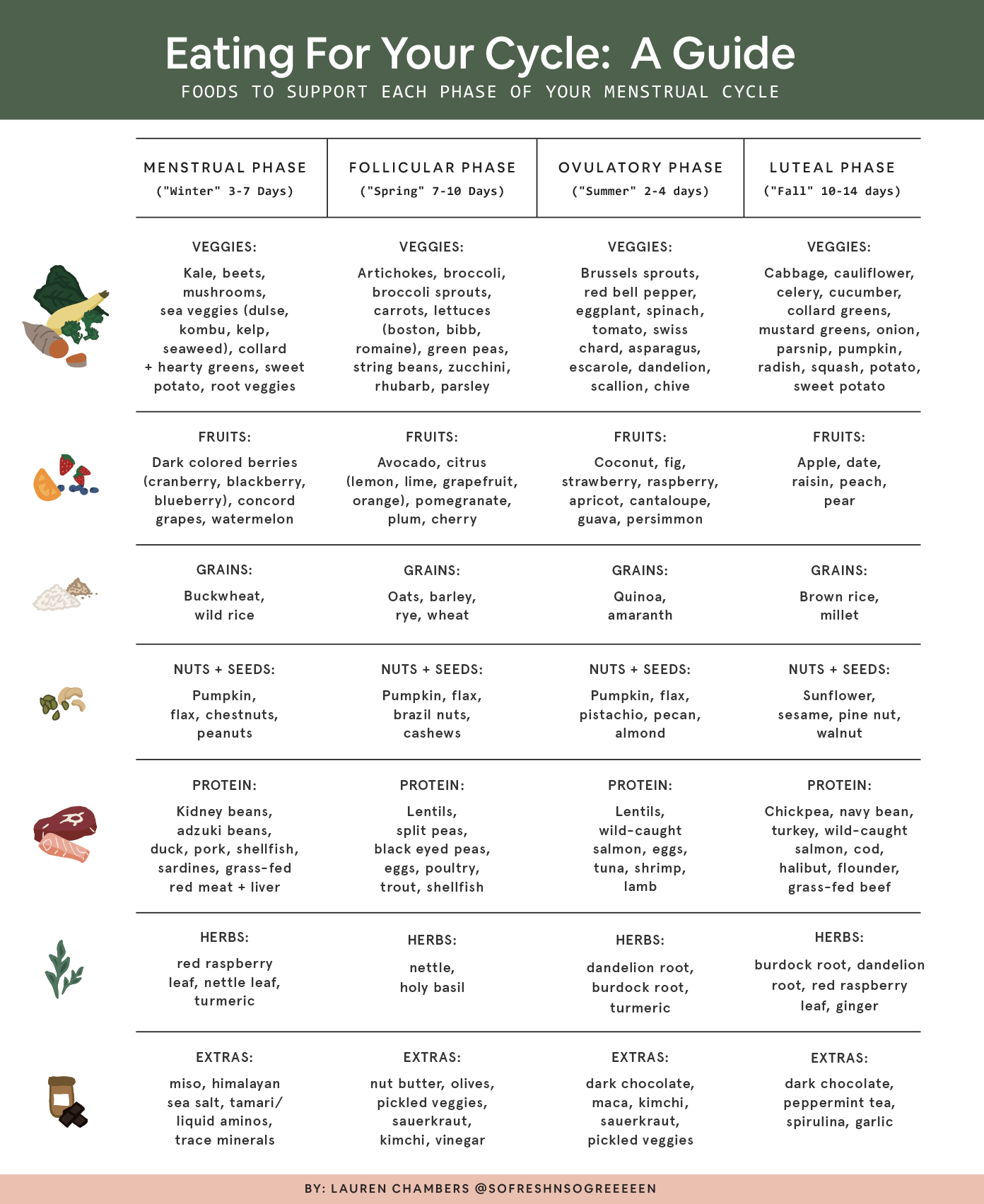
If you loved that...
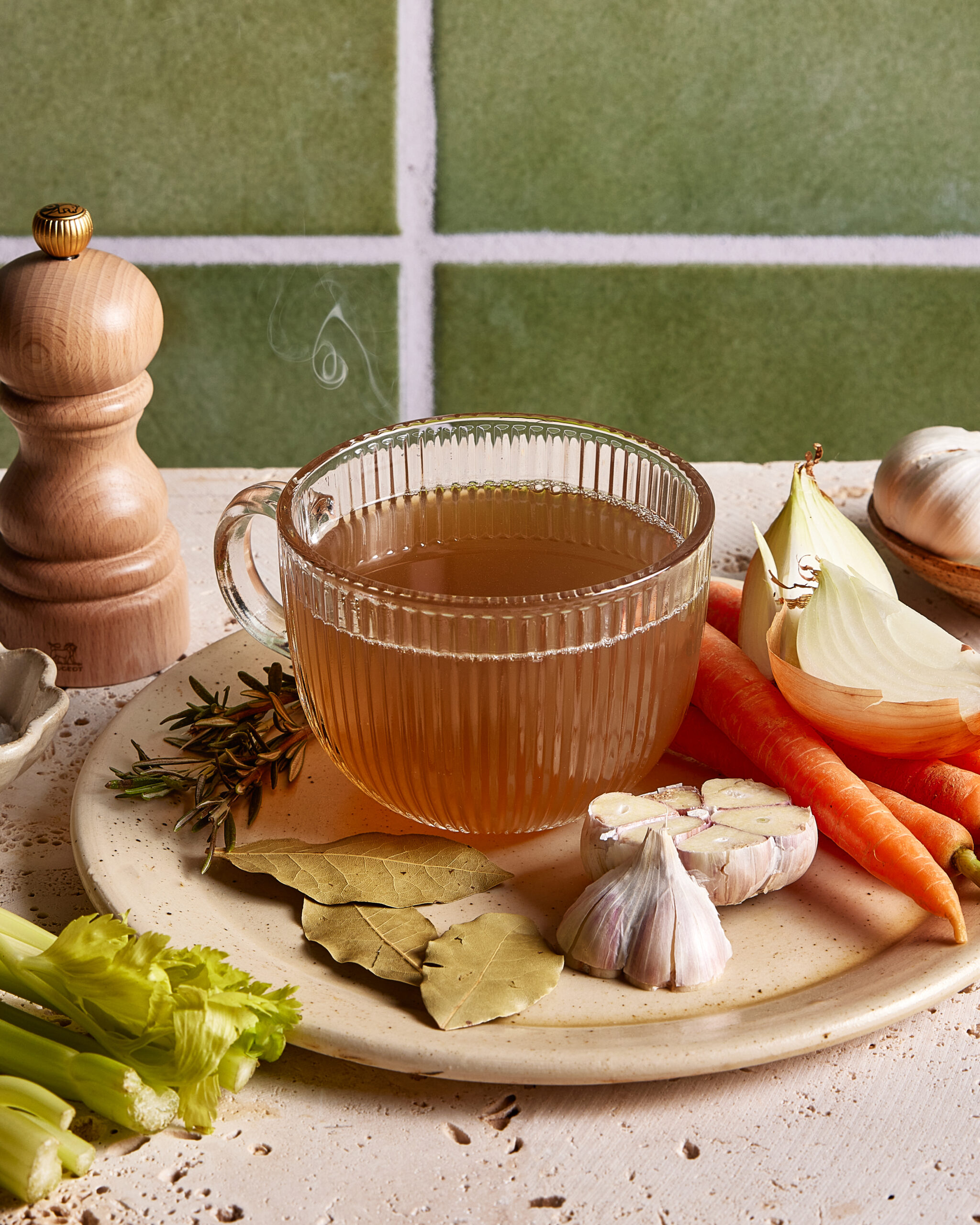
01.
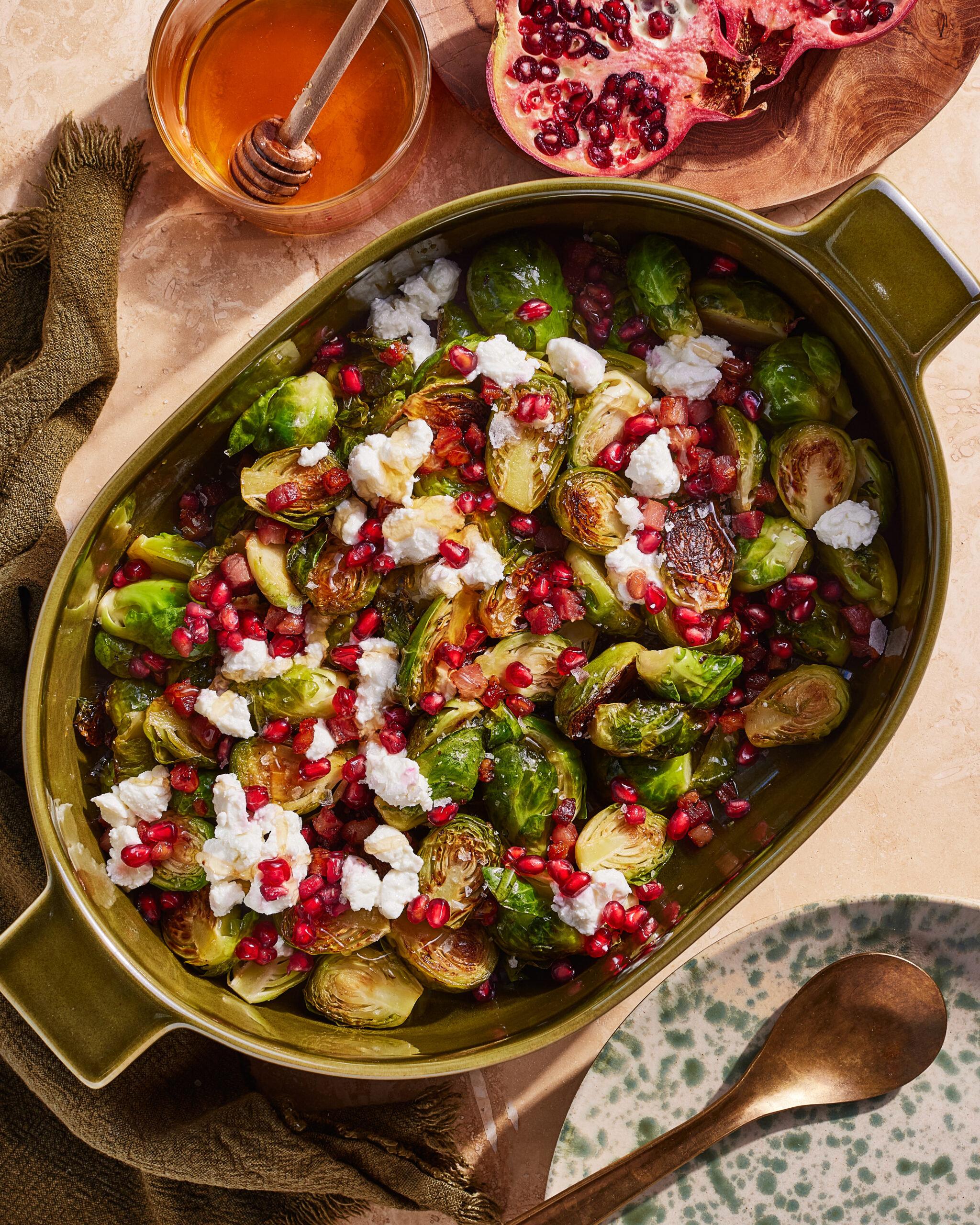
02.
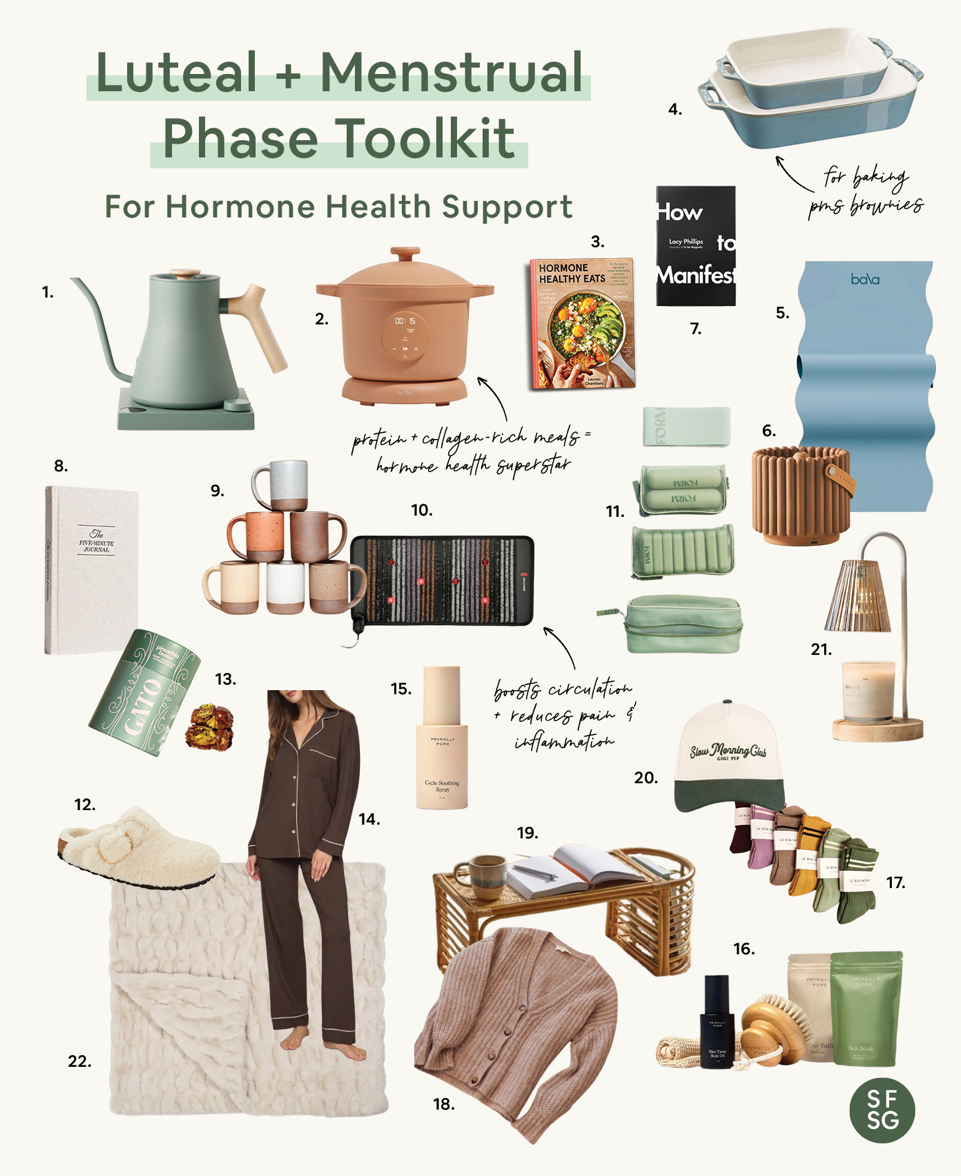
03.
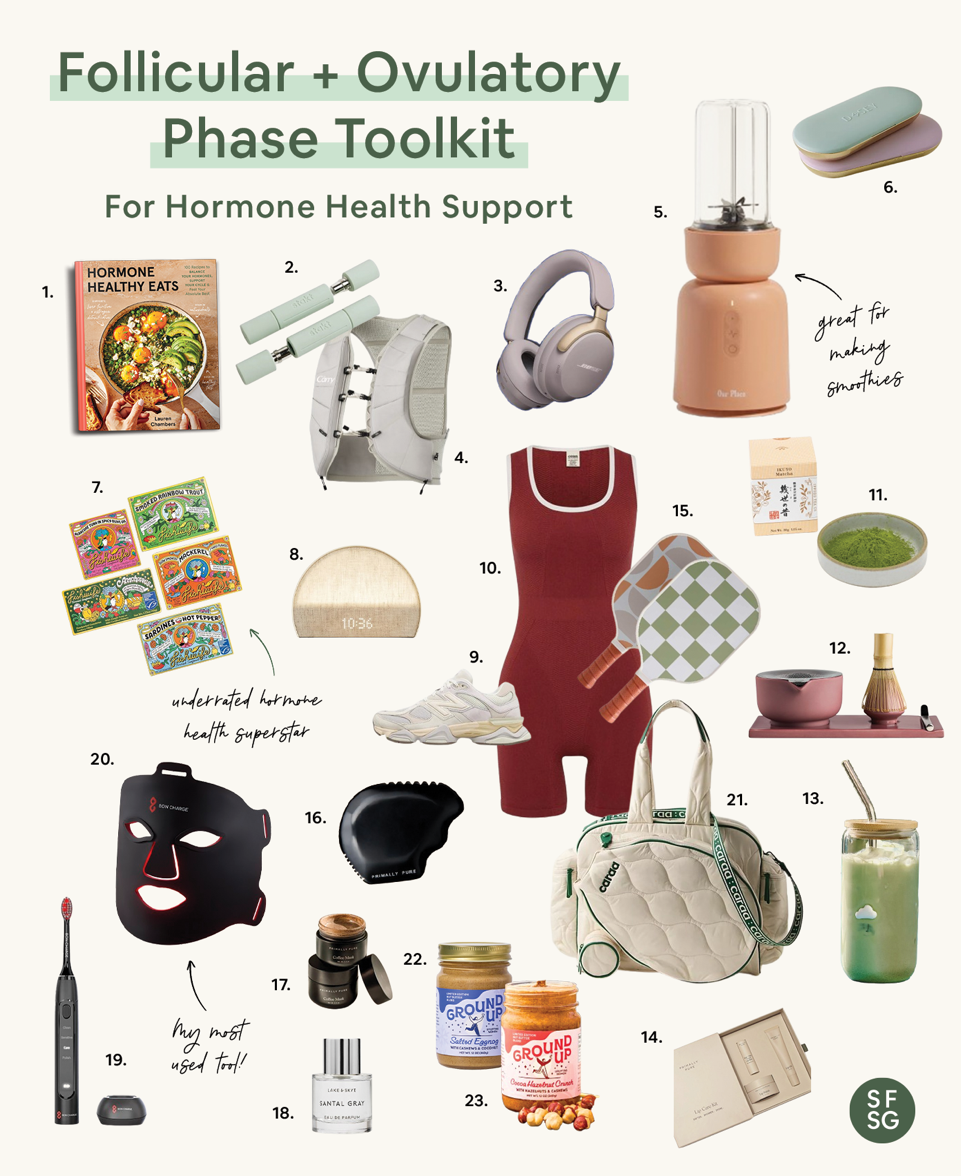
04.
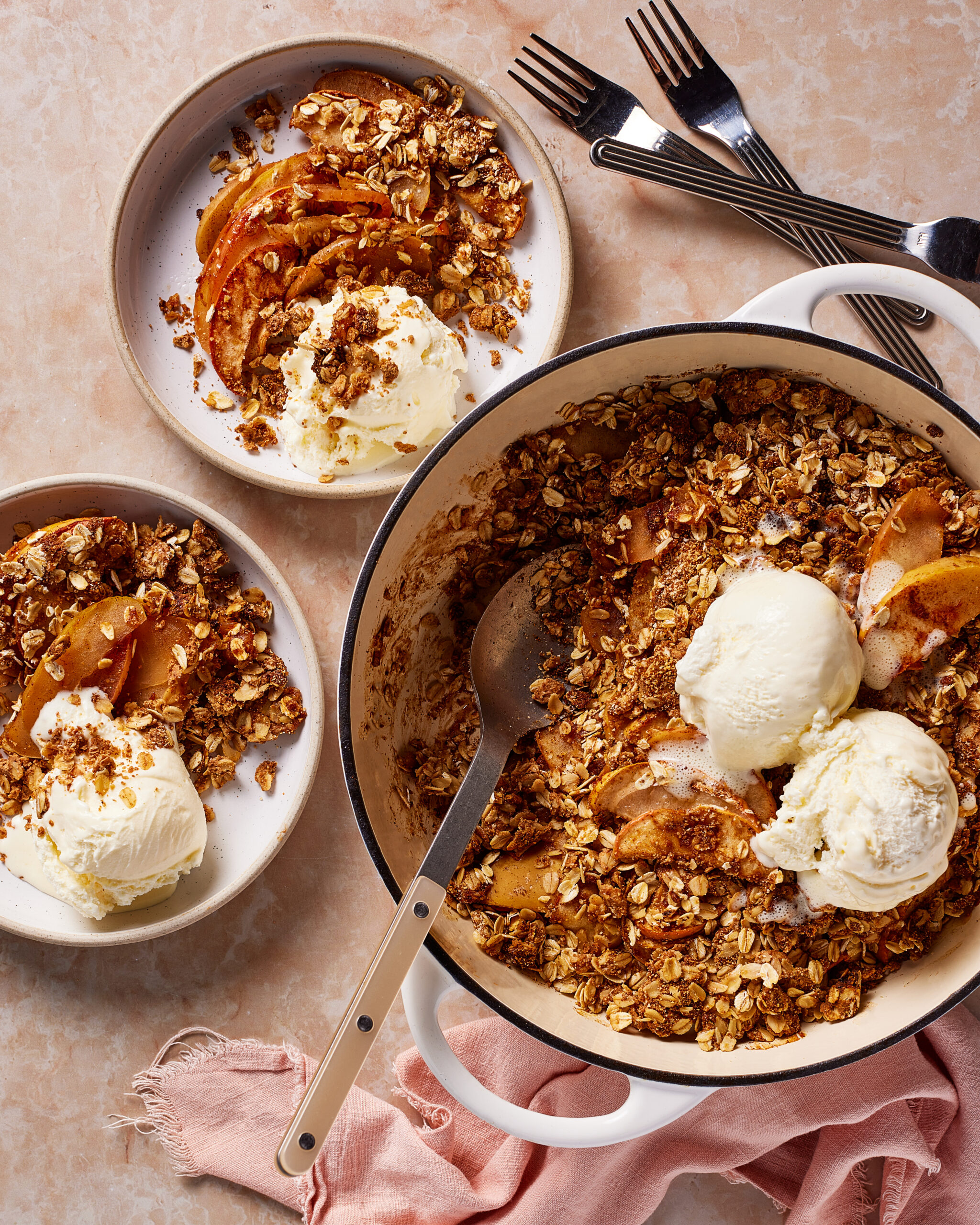
05.
hey!
Keep Browsing
Site
Keep Browsing
Site
the
about
e-books
blog
downloads
quiz
Welcome friend, I'm lauren.
I’m honored to support you on your journey to optimal hormone health + happiness. Thanks for being here babe.
